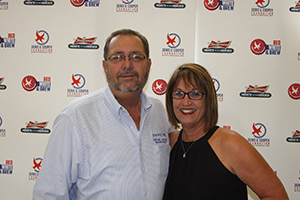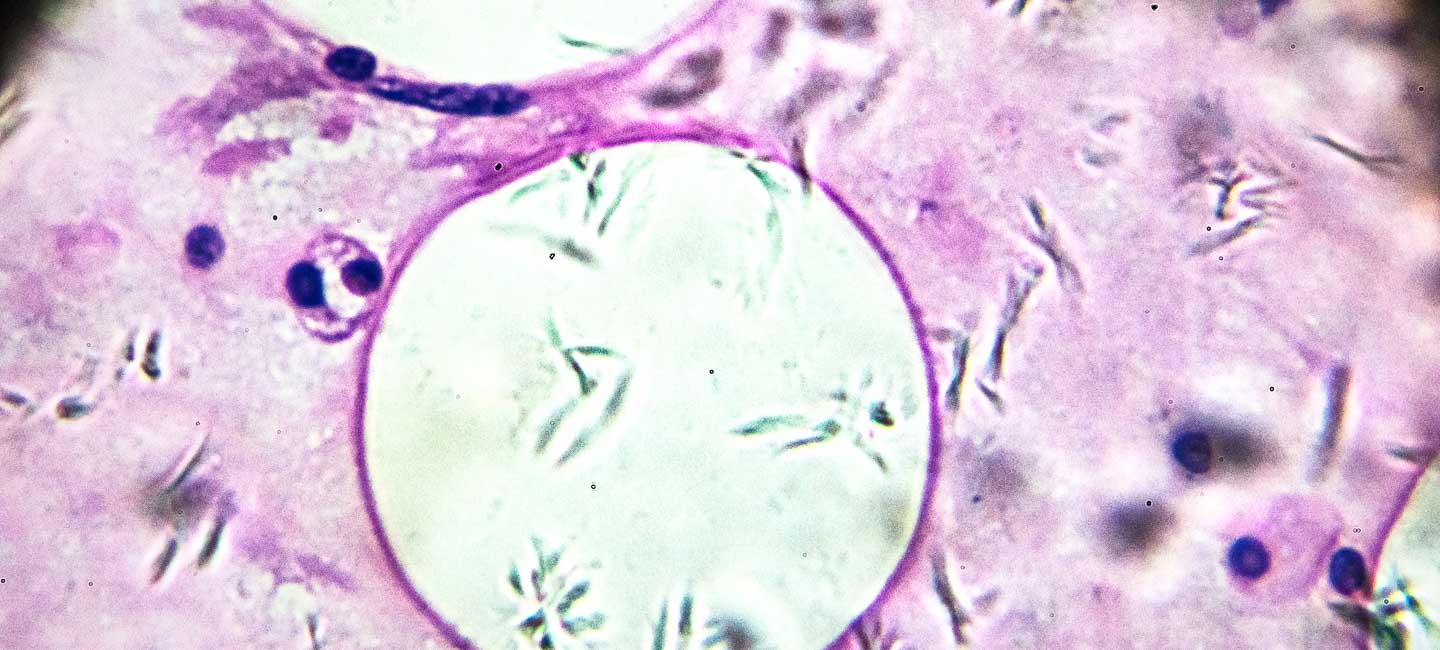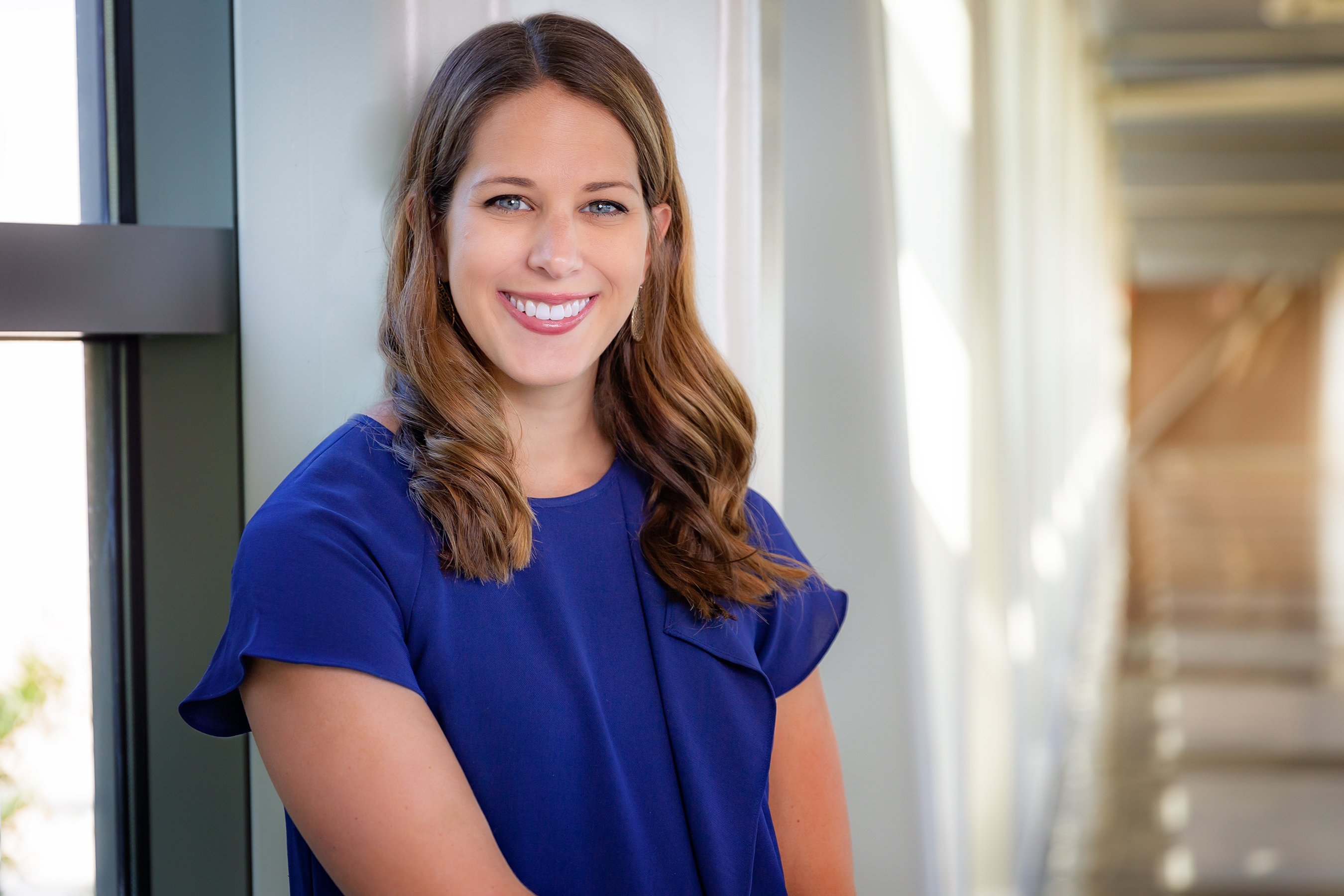Teamwork and Technology Key in Cancer Fight
If there’s anything Joseph Cuervo has learned about himself in the last 20 years, it’s that he’s not a quitter. Faced with cancer three times, he was determined to do whatever it took to survive.
Cuervo was first diagnosed with liposarcoma, a rare type of cancer that develops in fat cells, in 1999. He had surgery and was cancer-free for almost two decades. In 2016, the liposarcoma returned in the same spot in his thigh, this time in a more aggressive form. Treatment started with 25 rounds of radiation, followed by another operation and three rounds of intense in-patient chemotherapy under the supervision of medical oncologist Dr. Mihaela Druta.
Cuervo had a third recurrence in the same area two years later. He needed surgery again, but finding a recurrent tumor inside soft tissue can often be challenging for surgeons due to the effects of prior surgery and radiation. The surgical team decided to use a new technology, Savi Scout®, which has historically been used only in breast cancer operations. A locator, about the size of a grain of rice, was placed into Cuervo’s tissue under ultrasound guidance prior to surgery. His surgeons then used a radar locator system in the operating room. “This device allows us to locate the disease precisely in the soft tissue where we couldn’t otherwise see or feel the tumor from the skin,” said surgeon Dr. John Mullinax. “We can then plan our incision and subsequent dissection appropriately for a complete resection.”
During the surgery, Cuervo’s radiation oncologist placed narrow tubes into the area where the tumor once was to prepare for a procedure called brachytherapy. Brachytherapy is a type of radiation therapy that allows doctors to deliver higher doses of radiation through the tubes to specific areas of the body, compared with traditional external beam radiation. Because of the level of difficulty and rarity of the disease, brachytherapy for sarcoma is only done at high volume centers like Moffitt Cancer Center.
“Brachytherapy allows you to radiate from the inside out so the areas at highest risk of microscopic disease gets the highest dose of radiation,” said radiation oncologist Dr. Arash Naghavi. “The dose of radiation rapidly drops off as we get farther away, which limits the amount of radiation to the normal surrounding tissue. This was ideal for Mr. Cuervo who had undergone significant prior radiation, to lessen his long-term toxicity.”

Joseph Cuervo and his wife Angela.
Since his third surgery and brachytherapy, Cuervo has been cancer-free. “I call myself the miracle boy,” he said. “The technology everyone used is amazing. If Moffitt wasn’t up-to-date on all of this, I would be dead.”
Beyond the novel technological approaches, the fundamental key to Cuervo’s success is the multidisciplinary care model used in the Moffitt Sarcoma Department. His tumor was treated with a three-prong attack: radiation, chemotherapy and surgery, and coordination among his physician team was crucial for an optimal outcome.
“Resection alone would not have given him the results we have seen,” said Mullinax. “In patients with sarcoma, we know that adding radiation to an operation decreases the chance the cancer will come back where it started and the further addition of chemotherapy we decrease the chance the cancer will come back somewhere else.”
Cuervo will get scans every three months for the next two years and then transition to biannual scans so his team can ensure he continues to be cancer free.



